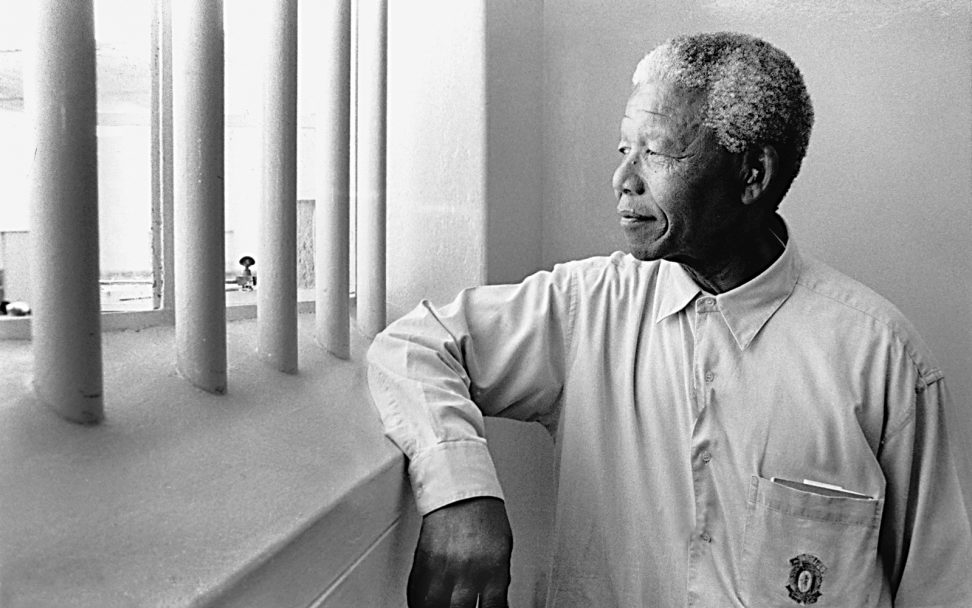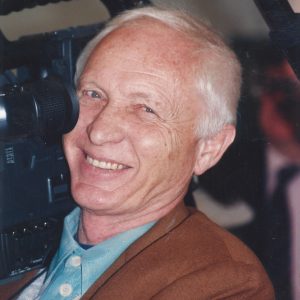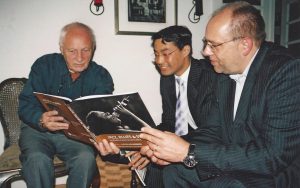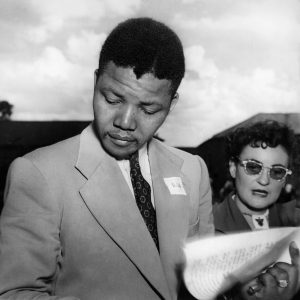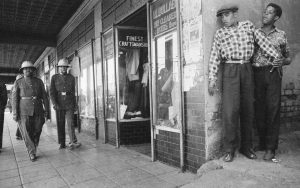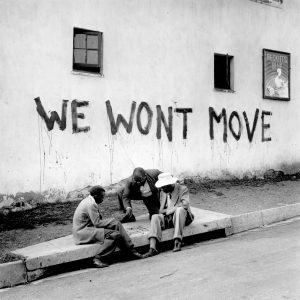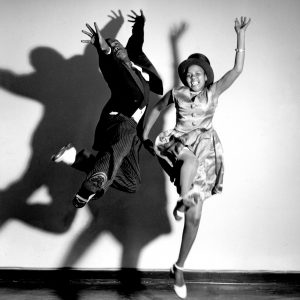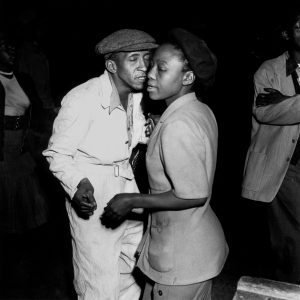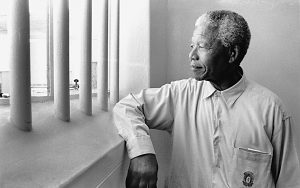The power of his images was and still remains to this day highly influential. No other photographer has played such a prominent role in the history of photography in South Africa than Jürgen Schadeberg, who emigrated from Germany at a young age. He became the mentor of two generations of black photographers. Schadeberg was at home in townships and their Shebeens (pubs). In this way, he helped Black South Africa to remember its roots and its dignity. His pictures reflect the joy of life together while also capturing the sheer will to oppose and fight against apartheid.
Schadeberg captured the atmosphere of those years, which remains for many still today the high point of black urban culture in the country. The young Berliner was a passionate, an unbiased and astute figure. It was the mood that moved him, not the politics of the day. The perfectionist with the infectious laugh was a photo reporter for the famous Drum magazine, a voice of resistance, where other whites did not dare to go. Music, dance, pub life and cheerfulness were his world, more than police, oppression, exploitation. In the 1950s, Soweto was the city of jazz and free spirits, but also of rival gangs of gangsters. Back then he photographed Miriam Makeba and Hugh Masekela when the two twenty-year-olds were not so well-known outside of their communities. In contrast to half a century later – when they became the greats of African jazz. Schadeberg never remained quiet over issues of oppression and misery and always took the side of the disadvantaged and disenfranchised. These points of views however rendered him as a detested figure for some, leading to him being arrested several times.
In 1994, Nelson Mandela was trapped by the bars from the cell in which he was imprisoned on Robben Island off the coast of Cape Town. The Photographer’s Gallery in London chose this photograph as an icon of the past century. Schadeberg had also photographed Mandela more than fifty years earlier in his law firm in Johannesburg, long before he became an admired statesman, and in 1951 at the Congress of the African National Congress (ANC) in Bloemfontein. Despite his status as a well-celebrated world star, neither did Nelson Mandela forget his roots and his loyalty, nor Schadeberg for that matter. The two figures met privately and chatted about that “golden era” in Sophiatown. In addition to Schadeberg’s early Mandela photos becoming part of the ANC legend, those of other resistance fighters like Oliver Tambo, Walter Sisulu, Trevor Huddleston and Ruth First also became of high importance for the group. His photos are repeatedly depicted from the 1952 Defiance Campaign, the first nationwide non-violent action against apartheid, the 1958 Treason Trial, and the mass funerals after the Sharpeville Massacre in 1960. Schadeberg however was not only interested in South Africa: in 1973 he hitchhiked and bussed through Senegal, Cameroon, Ghana, and Rwanda, taking photographs in the process.
In recent years he returned to Europe, where, after a period spent back in Berlin, he moved to France and later to Spain. For a long time, Schadeberg received relatively little attention, but now his photographs are showcased in Spain, Paris previously in Berlin, Frankfurt, Hamburg, Hanover, Würzburg and currently in Cologne. A comprehensive catalogue of the artist’s works received several prizes. He and his wife, the art historian Claudia Schadeberg, have published more than 30 photo volumes and produced documentaries such as the moving Have You Seen Drum Recently. They now hold the accolade of having one of the most valuable picture archives in South African history. It was almost by chance that Schadeberg, the son of an actress, discovered photography through “his” music, jazz.
The photojournalist picked up the fundamental aspects of his profession in his early years in Berlin. He took his first photo at the age of twelve in an air-raid shelter at the end of the Second World War. There he heard music and consumed his first beer. He often returned to this atmosphere of departure in the midst of hardship. Despite all the joys of life he hat witnessed, Schadeberg never overlooked pressing issues such as oppression and misery, forced expulsions, external and internal violence, poverty and gang violence. Jürgen Schadeberg died at the end of August at the age of 89 in his new home near Valencia, after falling ill for a long period of time. He had long been associated with the German Africa Foundation. It is for this reason that the foundation’s president, Uschi Eid and the then managing director Jürgen Langen (and the author) helped to restore his German citizenship, which he had lost through bureaucratic negligence. Schadeberg is viewed as the German who became a legend as a photographer and guide. Probably only a select few can say of themselves that they became the main character in a successful feature film, Drum, through their own life.
